Bread flour is hands-down the best choice for making yeast breads, but reserve it for bread only. It won't make cookies more tender, and will actually make them tougher. Instead, choose an all-purpose baking flour. Whether you choose bleached or unbleached is a matter of personal preference, since both have potential drawbacks and benefits.
Unbleached Vs. Bleached Flour
bleached flour has been chemically bleached to whiten and brighten it. This flour has less protein than unbleached flour and produces less gluten. Unbleached flour has not been chemically treated. It naturally has a soft off-white color that lightens with age. Unbleached bread flour is specifically made for bread. This high-protein, high-gluten flour produces yeast breads that are chewy and rich in flavor. Bread flour is not the best choice for cookies because it makes them tough and extra chewy.
How the Cookie Crumbles
Most cookie recipes, such as chocolate chip cookies, naturally have a chewy, dense texture, rather than a fine, tender crumb. Unless you're making a particularly delicate cookie, such as a tuile, you probably won't notice a difference between bleached and unbleached flour. Cindy Mushet, author of "The Art & Soul of Baking" recommends unbleached all-purpose flour -- not bread flour -- for most cookie recipes because it provides the right amount of structure for cookies that are chewy, not crumbly.
Flour Is Not the Only Trick
Flour is not the only ingredient that can influence the texture of your cookies. For more tender cookies, increase the amount of butter and sugar you use slightly. Both these ingredients add tenderness to cookies, but if you use too much, the cookies will fall apart. An extra egg yolk also increases tenderness. Reduce the oven temperature by 25 degrees, especially if you're using a convection oven, and remove the cookies from the oven when they're just set. They'll continue to firm up as they cool.
Final Considerations
Unbleached bread flour and even unbleached regular flour won't make cookies more tender, but tenderness isn't the only consideration. Unbleached flour is a better choice than bleached flour from an environmental standpoint because it hasn't been chemically treated. Bleached flour has a slight chemical aftertaste that can sometimes be tasted in baked goods. Whether you choose unbleached or bleached flour for your cookies, store the flour in a cool, dark place and replace it every six months. For longer storage, wrap the flour tightly and place it in the freezer. Stored this way, it will stay fresh for up to one year.
Related Articles
Can I Grind Quinoa?
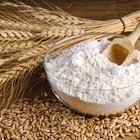
Differences Between Bleached Flour & ...
Flour Substitute for Muffins
What Kind of Flour Do You Use for a ...
How to Make Bread That Does Not Crumble ...

How to Substitute Cornstarch for ...

If Flour Has Never Been Opened Can It ...
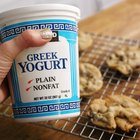
How to Replace Butter With Greek Yogurt ...

Whole Wheat Pastry: Flour Substitutions

How to Make Pumpkin Bread Moist
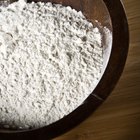
How to Dust a Pan With Flour

Bread Flour vs. Cake Flour in Sponge ...

How to Bake With Besan Flour
What Is the Difference Between Cake ...
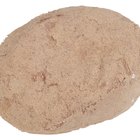
Do Snickerdoodles Need Cream of Tartar?
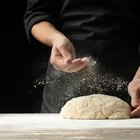
How to Increase the Yeast Taste in Bread
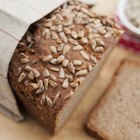
Russian Rye Bread vs. Pumpernickel

How to Substitute Cornstarch for ...

Does Flour Get Old or Go Bad?

Can I Substitute Bleached for ...
References
- The Art & Soul of Baking; Cindy Mushet
- What's Cooking America: Types of Flour
- Baking Bites: What Is Unbleached Flour?
Writer Bio
Julie Christensen is a food writer, caterer, and mom-chef. She's the creator of MarmaladeMom.org, dedicated to family fun and delicious food, and released a book titled "More Than Pot Roast: Fast, Fresh Slow Cooker Recipes."